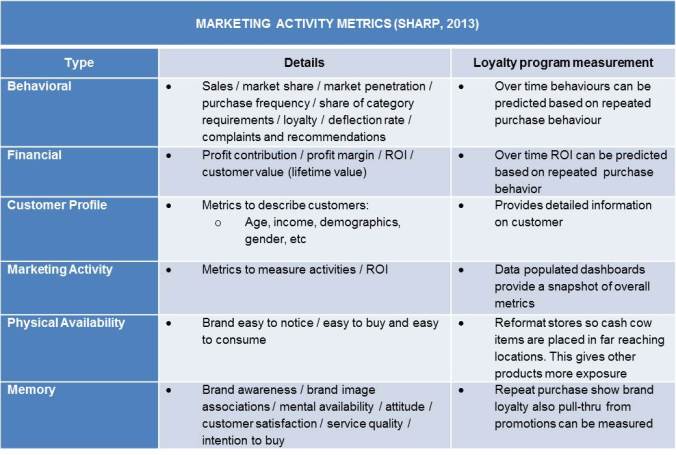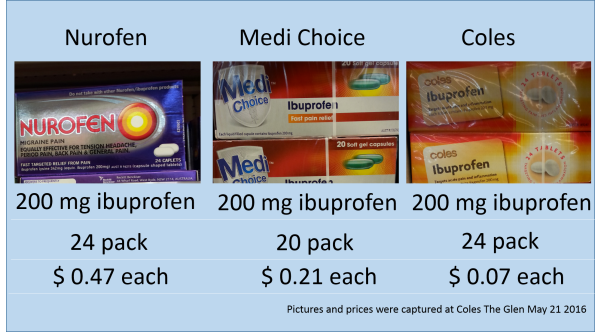Student : Tony Singh
Student Number : 212401746
Viral video hits the mark – Dollar Shave Club
Dollar Shave viral video proves a good approach to marketing metrics can drive business results.
The Market
Its surprising to find that the market for razors alone is a “whopping $14 billion worldwide”. Ninety percent of all sales are coming from two manufacturers: Gillette and Schick. As the saying goes success invites competition so it’s not surprising that the good folks at Dollar Shave Club (DSC) would emerge.
Our razors are F$%^ing great!!
By starting with a simple video that went viral the the dollar shave club have had phenomenal growth in 2012. In just 2 days they received 12000 subscribers in 2 days. By the end of 2012 the company had made $4 million, in 2013 they reached $13 million. In 2014 this went to $64 million.Ref.
The Dollar Shave club created a unique value proposition that has definately resonated with men everywhere. They
- Helped people save time they would have spent buying razors.
- They save money as the razors are cheaper than what you buy in the store.
- The customer has a regular supply of sharp blades.
What is CLV?
CLV (Customer Lifetime Value) is an important metric that is often misunderstood many companies. B2C businesses should be aware but very few are.
Challenges arise as to the measure of it due to the many different ways the information can be gathered to influence the figure. Put simply the CLV is the amount of revenue a customer will generate for a business over its product lifetime.
The question should always be asked : how much should a company spend on marketing campaigns? Who are my customer segments? What products should I offer etc? Lead generation is a key marketing focus but a company must ask itself how much is this lead worth and what is the cost of new leads.
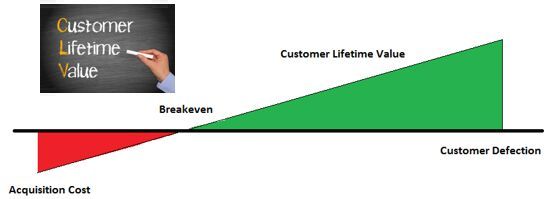
Subscription services
The whole DSC model is to pay for the razors via subscription.Subscription services are a good way to maintain, retain and collect revenue from customers. A product needs to be compelling and valuable to a large consumer base to be effective. Calculating your Customer Lifetime Value (CLV) needs to be paramount in managing your business.
A simple CLV for dollar shave could be calculated as follows:
A standard subscription is $7/mo. So the question is how much should Marketing spend to acquire a new customer? Let’s find out.
CLV = (Average Order Value) x (Number of Repeat Sales) x (Average Retention Time).
CLV = $7 * 12 months * 5 years = $420
This means that user acquired today would be expected to generate revenue of $420 over the next 5 yrs, OR $84 per year. If the Dollar Shave Club is to break-even within a year it can afford to spend up to $84 on marketing/sales to acquire a user. Therefore the Customer Acquisition Cost (CAC) = $180
Knowing the CAC changes the formula to CLV = average revenue from a customer per year * average retention rate – CAC.
The key to understanding the CLV is that the CLV > CAC and that companies should look to recover the CAC in the year.
CLV is a key part of a companies strategy so is not widely published but some other companies assumed CLV based on analyst reports is
- Apple: iPhone = $700 to $900; Mac = $600 to $650; iPad = $275 to $300 (Bernstein)
- eCommerce companies: Best in class = $3600; Other companies = $1300 (RJMetrics)
- Starbucks, supposedly, has CLV of ~25K. Read on for Starbucks CLV analysis.
- Netflix = $291.25
The Dollar Shave Club uses a number of other metrics to understand the desires of their user base. The Monthly Average Revenue Per User formula which is calculated as follows
Monthly Subscription ARPU = Subscription Revenue / Average Subscribers
This allowed DSC to understand the average subscription revenue generated per user each month. The easiest way to calculate this metric is to take the revenue generated from subscriptions and divide it by the average number of subscribers over that period.
DSC also uses a a churn percentage to understand customer patronage. This is calculated as
Monthly Subscriber Churn Percent = Subscribers lost in month / Base of subscribers at beginning of month
Any subscription-based model should understand monthly subscriber churn. For instance after 36 months, a company with 1 percent monthly churn will retain roughly 70 percent of its customer base. On the flip side, a company with a 6 percent monthly churn will only retain 11percent of its customer base.
Understanding these metrics has helped Dollar Save club growth and adapt their brand and offering to an already engaged market.
The take away
Understanding the CLV and other marketing metrics of your product specific to individual/segmented customers can help marketers target specific product/content. Customer’s happiness equals success for your brand and this in turn translates to more revenue and brand recognition for your company.
Dollar Shave Club have created quite an impression on a traditionally boring market. Simple marketing metrics gives you deep insights into customer engagement.
Reference
- Rao, P (2016), CLV: One key metric that every company must measure, https://pramodrrao.wordpress.com/tag/dollar-shave-club-clv/ [Accessed 30 September 2016]
- Ray, T, Apple: Bernstein Sees $204B in ‘Customer Lifetime Value’, http://blogs.barrons.com/techtraderdaily/2012/02/06/apple-bernstein-sees-204b-in-customer-lifetime-value/ [Accessed 30 September 2016].
- Saljoughian, P (2015) Easily Measure The Profitability Of Your Consumer Subscription Business, https://techcrunch.com/2015/10/05/easily-measure-the-profitability-of-your-consumer-subscription-business/ [Accessed 30 September 2016]
- Weintraub, T , Lifetime Customer Value Case Study: Starbucks [Infographic] [Accessed 30 September 2016]
- Ziehl, M (2016), 5 Things You Can Learn About Subscriptions from Dollar Shave Club, Available at http://blog.rechargeapps.com/5-things-you-can-learn-about-subscriptions-from-dollar-shave-club/ [Accessed 30 September 2016]

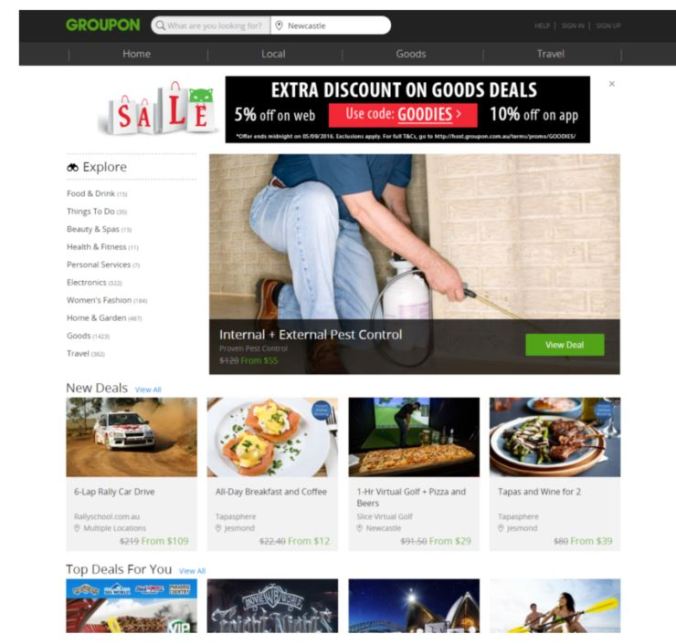

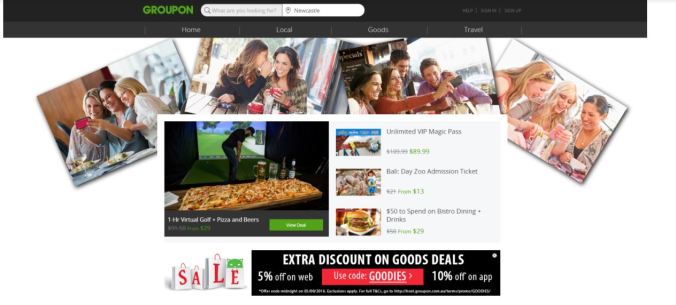


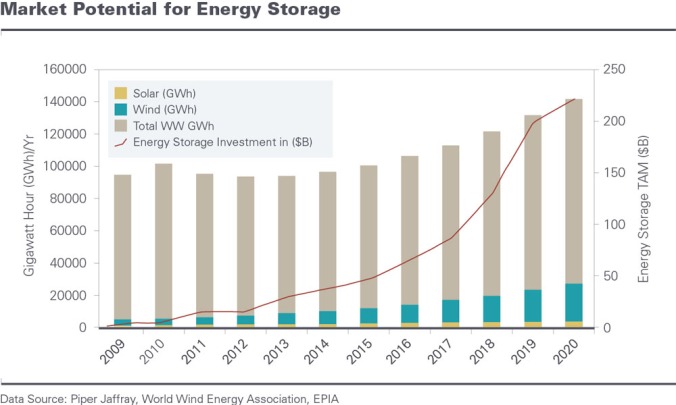
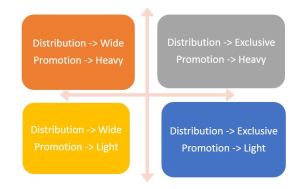



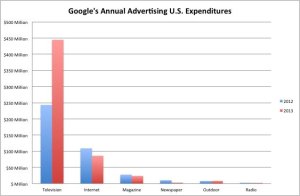
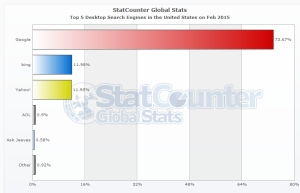



 artments
artments 



